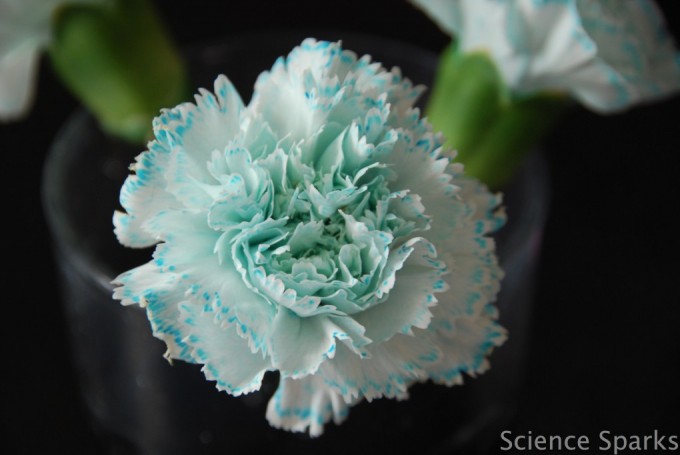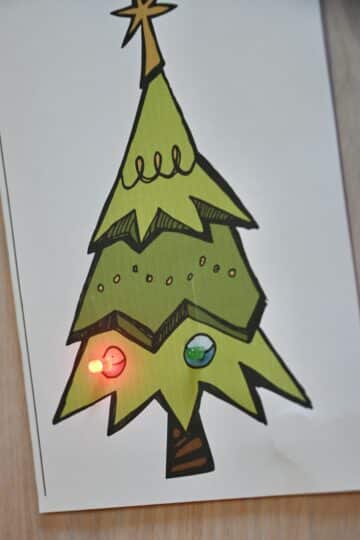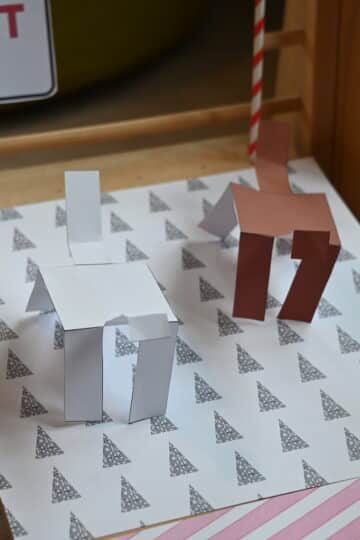Welcome to day 5 of our Spectacular Summer Science series, so far this week, we've made baking soda ice cubes, done some slipping and sliding, investigated our heart rate and been on a bug hunt with Twinkl.
When I first created Science Sparks, we made some pretty flowers to demonstrate transpiration. This activity worked for me the first time with amazing results, but when I tried more recently, it didn't work at all.

My theory was that something must have changed in the food colouring. On further inspection, I noticed they all said 'natural colours', so I decided to try a non-natural food colouring.
This is what happened.

You can see clearly that the flower on the right has turned blue. This is because it has sucked the blue water up through its stem and into the petals.
I don't know why the natural dyes don't work. Perhaps the colour particles are too big to travel up the stem. Do you have any theories for us?
Transpiration
The reason this happens is because of something called the transpiration stream. This is the movement of water up the stem of a plant from root to leaf when water is lost from the plant due to evaporation occurring at the leaves.
Firstly water is absorbed by the root and moves through root hair cells via the process of osmosis. It then moves into the xylem vessel, the tube that carries the water up the plant.
Plants are not like us, with a pumping mechanism that pushes our blood around, so water moves up the vessel by adhesion (being attracted to the side of the vessel) and cohesion (water molecules being attracted to each other). Therefore when water evaporates from the top of the leaves it changes the pressure in the vessel and pulls up the column of water to replace the water lost.
The best way to picture this is to imagine you have a thick milkshake – the straw can’t carry the milkshake up, but if you suck from the top, you change the pressure and force the milkshake up the straw. It moves in a column because the molecules are attracted to each other.
If you enjoyed this activity don't forget to try my other plant experiments for kids.
Last Updated on September 25, 2023 by Emma Vanstone




Leave a Reply